
Published:
Readtime: 12 min
Every product is carefully selected by our editors and experts. If you buy from a link, we may earn a commission. Learn more. For more information on how we test products, click here.
Finally, there’s a practical, moderately-sized, electric SUV for the masses. While Tesla promised us a more affordable variant for years and never delivered, Kia has, and the EV3 is here to headline the ever-competitive SUV Small > $45K segment with decent all-electric range and features you would only expect to find inside the brand’s top models. Priced from AUD$47,600 plus on-road costs, it’s not as cheap as Chinese rivals, but it’s reasonably priced and comes from a marque known for being amongst the best.
Brand perception will mean a lot for Australian buyers, but the only thing that matters to Kia is the sales figures, and the EV3 is already leaving its mark on the competition with the 336 sales in March 2025, almost besting those of the BYD Atto 3 (355 sales, -15.1%). It will be a close battle between BYD and Kia, but expect the larger Geely EX5 to also put up a fight despite it being a larger vehicle.
However, what we want to focus on in this review is the top-of-the-range Kia EV3 GT-Line (from AUD$63,950 plus on-roads). It arrives with added premium features that go over and above those found on the more affordable Air and Earth models, including a Head-Up Display, 8-speaker Harman Kardon® premium sound system with subwoofer, Medium Grey interior with grey console tray, and 3-spoke premium sports steering wheel (vs. 2-spoke in other trims). Is it worth the AUD$10,000 price premium over the Air Long Range? Let’s find out.
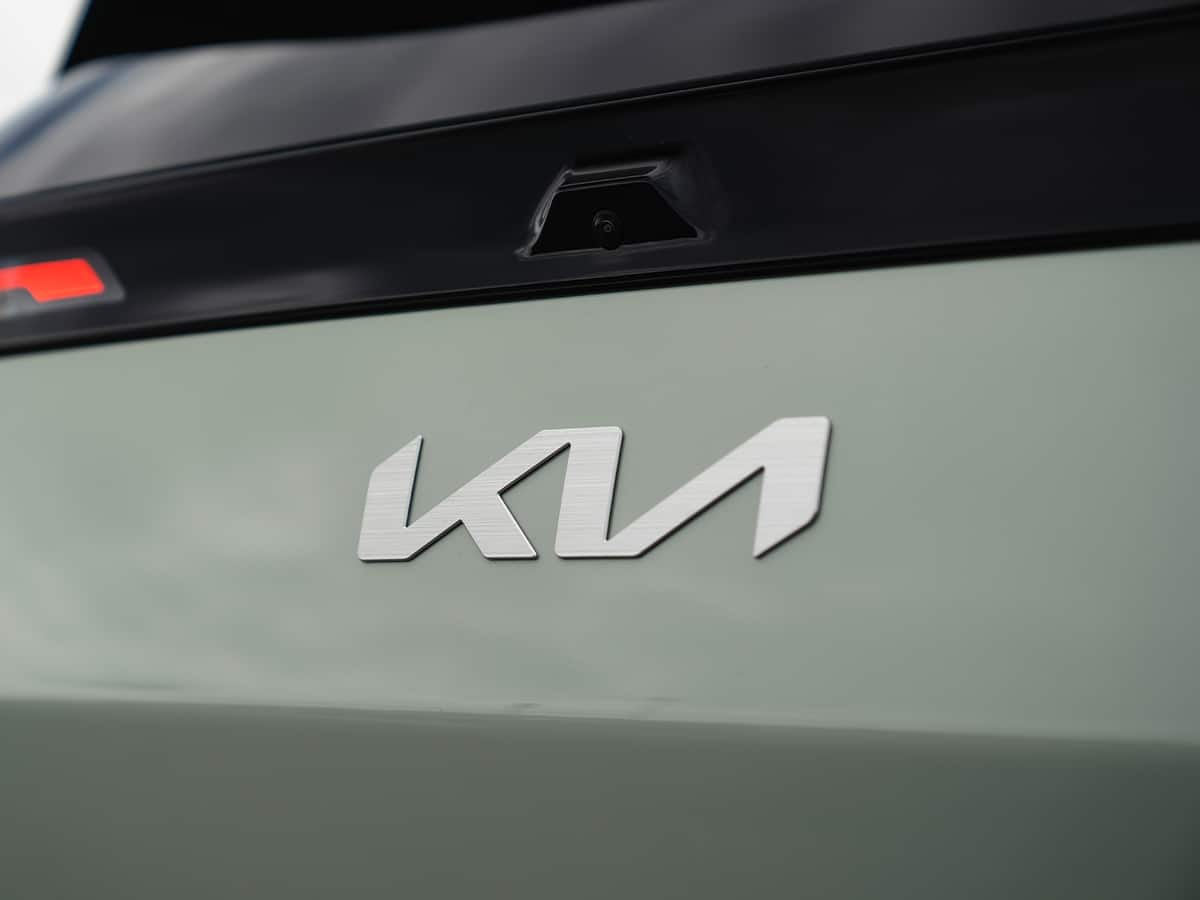
Price and Specs
The 2025 Kia EV3 is priced from AUD$47,600 plus on-road costs for the entry-level EV3 Air Standard Range.
Here’s a complete list of pricing for the Kia EV3 model range in Australia:
- EV3 Air Standard Range ($47,600 plus on-road costs)
- Estimated Drive-Away (except WA): $48,990
- Estimated Drive-Away (WA): $49,990
- EV3 Air Long Range ($53,315 plus on-road costs)
- Estimated Drive-Away (except WA): $56,490
- Estimated Drive-Away (WA): $57,490
- EV3 Earth Long Range ($58,600 plus on-road costs)
- Estimated Drive-Away (except WA): $62,690
- Estimated Drive-Away (WA): $63,690
- EV3 GT-Line Long Range ($63,950 plus on-road costs)
- Estimated Drive-Away (except WA): $68,490
- Estimated Drive-Away (WA): $70,490
We’re focused on the top-of-the-range Kia EV3 GT-Line AWD for this review, and it’s priced from AUD$63,950 plus on-roads, which means it has a drive-away price of around AUD$68,490 in all Australian states except WA.
Here’s a complete list of specs for each model grade
- EV3 Air Standard Range (Base spec)
- 58.3 kWh lithium-ion battery
- 2WD single front motor (150kW / 283Nm)
- 0–100 km/h in 7.5 sec
- 436 km WLTP range
- 17″ alloy wheels
- Cloth upholstery (two-tone)
- Manual front seats
- 12.3″ driver cluster + 5″ climate display + 12.3″ infotainment touchscreen
- 6-speaker audio system
- Dual-zone climate control
- Wireless Apple CarPlay & Android Auto
- Wireless phone charging (Qi)
- V2L (interior & exterior)
- Rain-sensing wipers, LED headlights, LED DRLs
- Rear view camera with dynamic guidelines
- Smart Cruise Control 2, Highway Drive Assist 2
- 7 airbags incl. centre side airbag
- Driver Attention Warning (camera-based)
- Flush front door handles, hidden rear wiper
- 460L rear cargo + 25L frunk
- Manual tailgate
- Tyre mobility kit
- i-Pedal 3.0 one-pedal driving
- Smart key with remote window control
- Air Long Range adds…
- Larger 81.4 kWh battery
- 604 km WLTP range
- 0–100 km/h in 7.7 sec
- Earth adds…
- 19″ alloy wheels (Hankook iON Evo)
- Artificial leather upholstery (Subtle Grey or Light Warm Grey)
- 10-way power driver’s seat with lumbar support
- Heated and ventilated front seats
- Heated 2-spoke steering wheel
- Electrochromic (auto-dimming) rear-view mirror
- Smart power tailgate
- 0–100 km/h in 7.9 sec
- 563 km WLTP range
- GT-Line adds…
- GT-Line exclusive 19″ alloy wheels
- GT-Line design front and rear bumpers
- Gloss black side mirrors and trim highlights
- Full LED tail lights and LED projector headlamps (cube type)
- Dynamic welcome lighting animation
- Ambient mood lighting
- Premium relaxation seats (driver & passenger, power adjustable)
- Power passenger seat with lumbar support
- Driver’s seat memory function (2 positions)
- 3-spoke premium sports steering wheel (heated)
- Head-Up Display (HUD)
- Extendable centre console table (workspace/dining tray)
- 8-speaker Harman Kardon premium audio system with subwoofer
- Wide panoramic sunroof with safety function
- Medium Grey GT-Line interior colourway
- Privacy glass for rear windows and tailgate
- Alloy sports pedals
The addition of a Head-Up Display (HUD), an Extendable centre console table (workspace/dining tray), an 8-speaker Harman Kardon premium audio system with subwoofer, and Full LED tail lights and LED projector headlamps (cube type) make the top-of-the-range GT-Line that we’re reviewing here quite desirable for some buyers despite the large price increase.
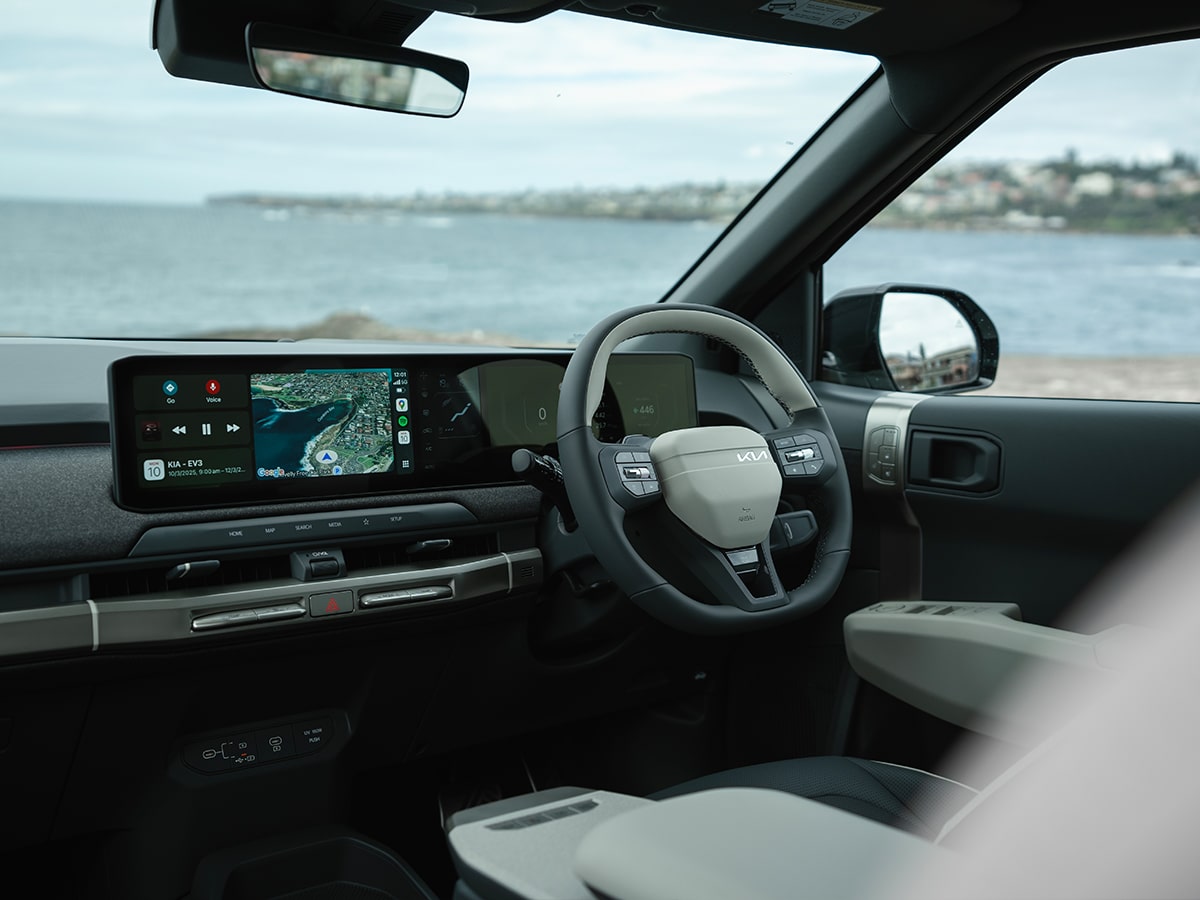
Inside
| Dimensions | Kia EV3 |
|---|---|
| Length | 4,300mm 4,310mm (GT-Line) |
| Width | 1,850mm |
| Height | 1,560mm 1,570mm (GT-Line) |
| Wheelbase | 2,680mm |
| Cargo capacity (VDA) | 460-litres (rear seats up) 25-litres (under-bonnet storage) |
While the entry-level models in the EV3 line-up feel the same inside, the GT-Line adds a host of new features to elevate the experience.
You’ll first notice the exclusive Medium Grey GT-Line interior colourway, which makes the cabin feel roomier and more spacious, and it’s joined by a 3-spoke premium sports steering wheel (heated) that feels great in the hand. We don’t care for the Premium relaxation seats (driver & passenger, power adjustable), but we’d struggle to live without the Driver’s seat memory function (2 positions) that’s missing from other models, as we share our daily driver with our partner. The GT-Line also highlights a bit of the cost-cutting shenanigans that go on in the lower-grade models, as this is the only one with a Power passenger seat with lumbar support.
Truth be told, we’d actually prefer the standard storage compartment over the added Extendable centre console table (workspace/dining tray) found here in the GT-Line. However, it’s hard to argue that the 8-speaker Harman Kardon premium audio system with subwoofer doesn’t sound better than the standard 6-speaker system.

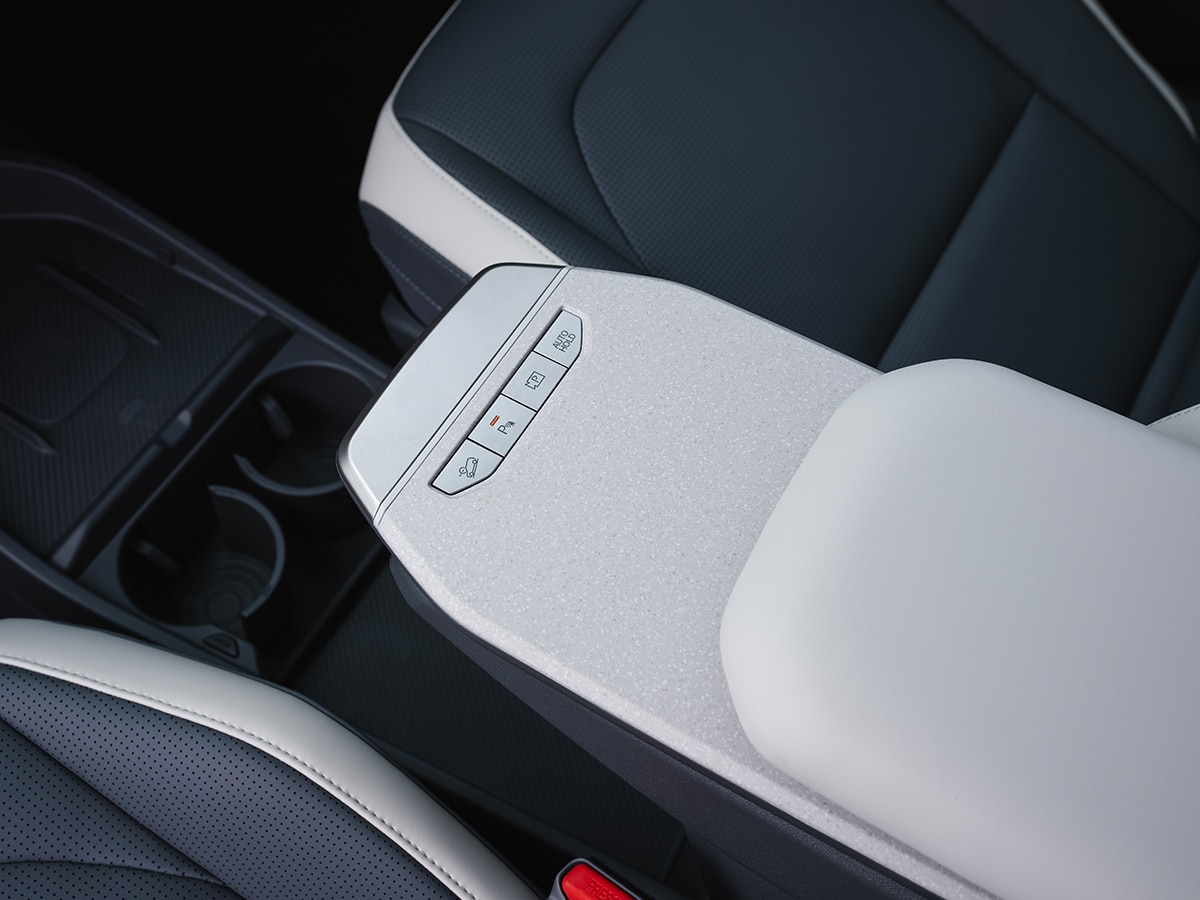
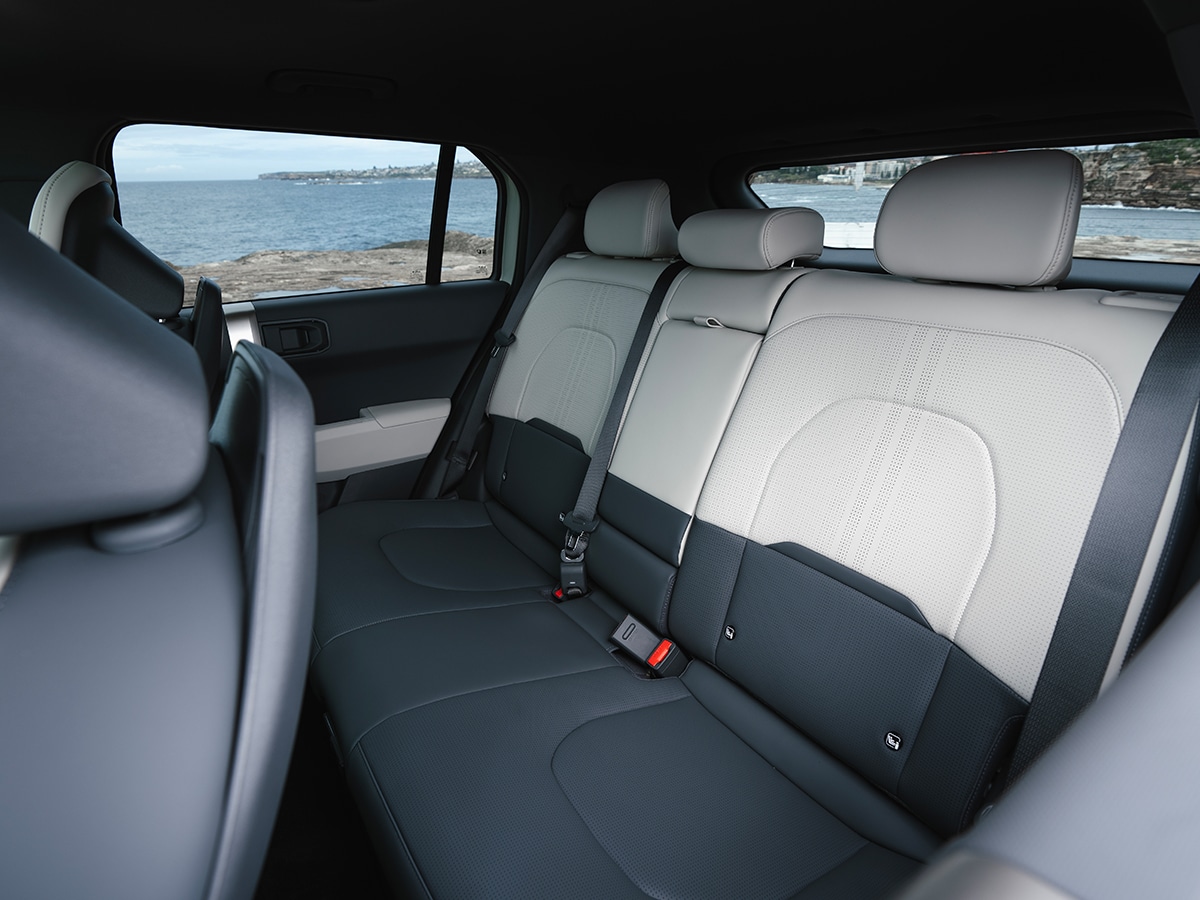
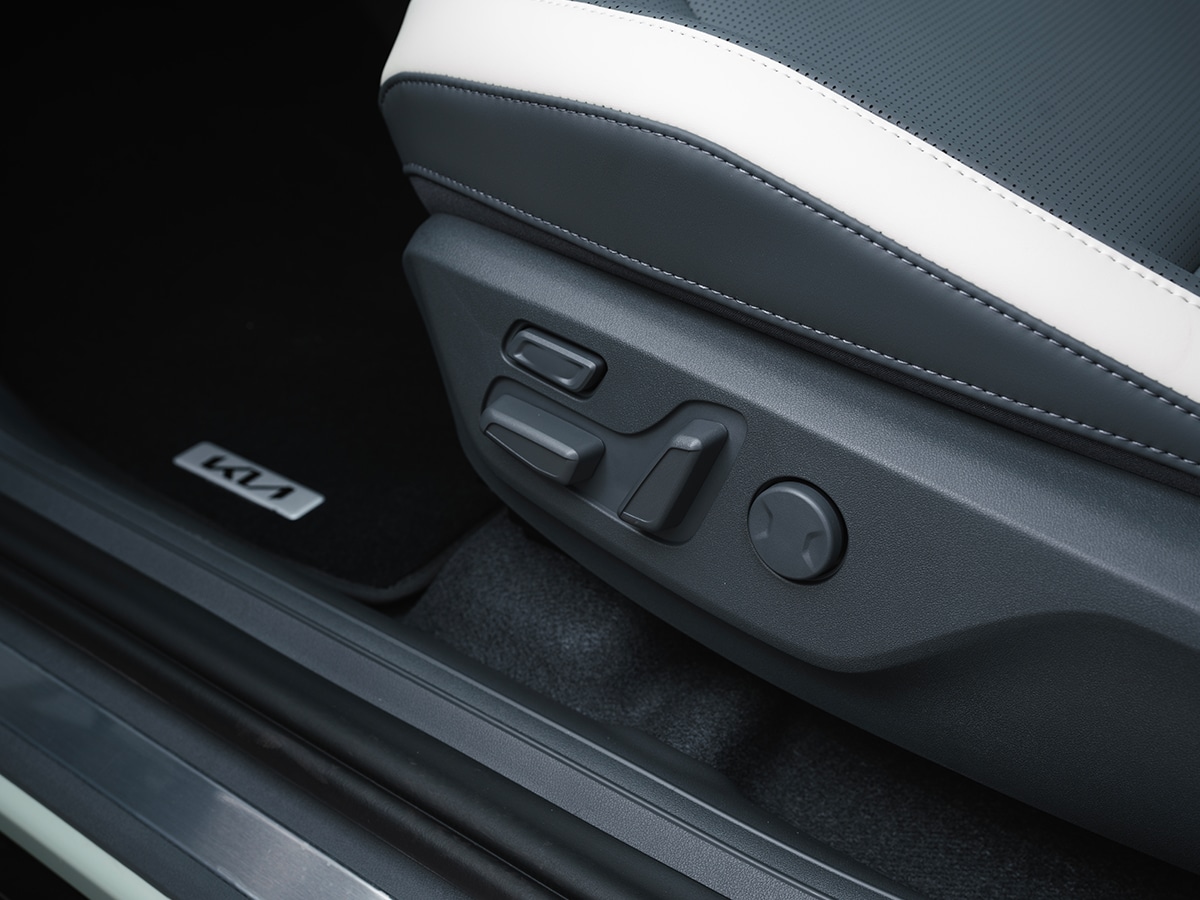
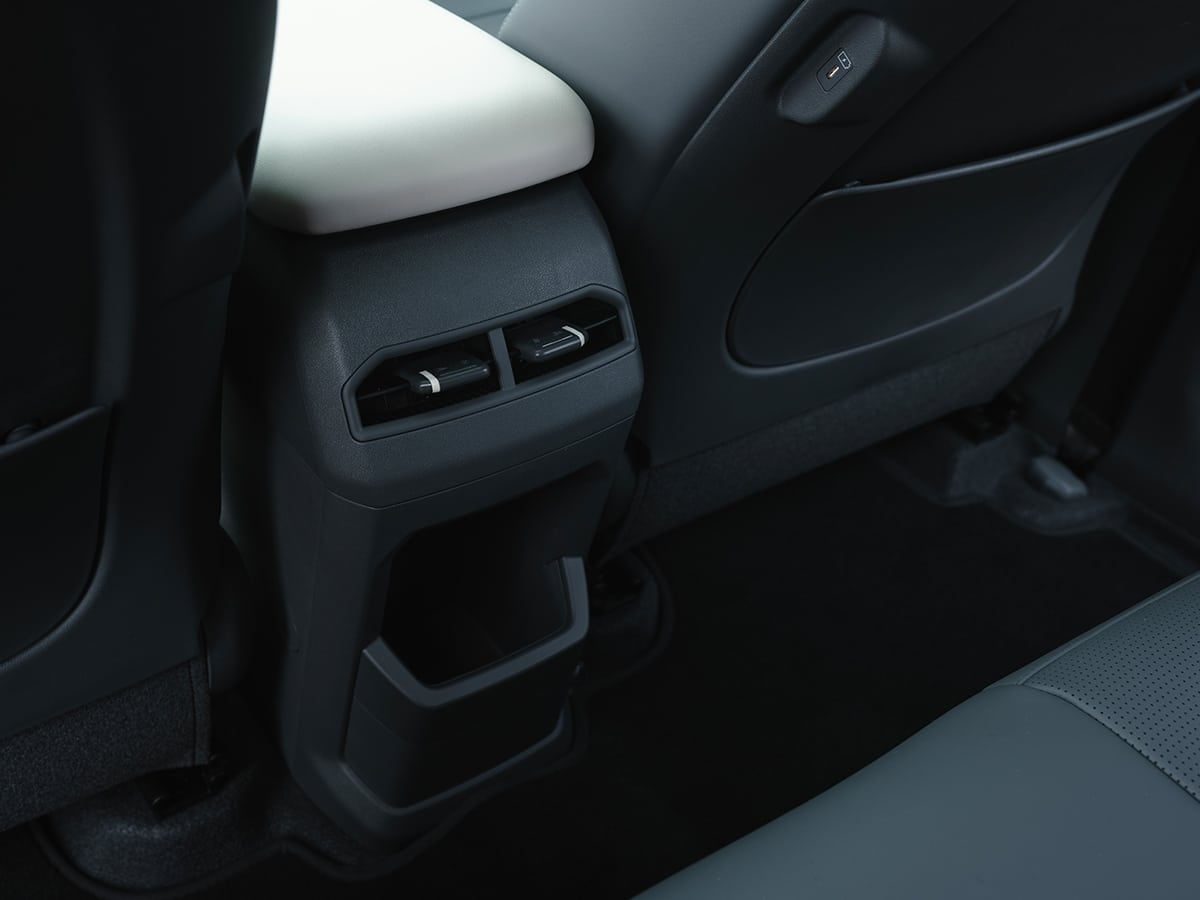
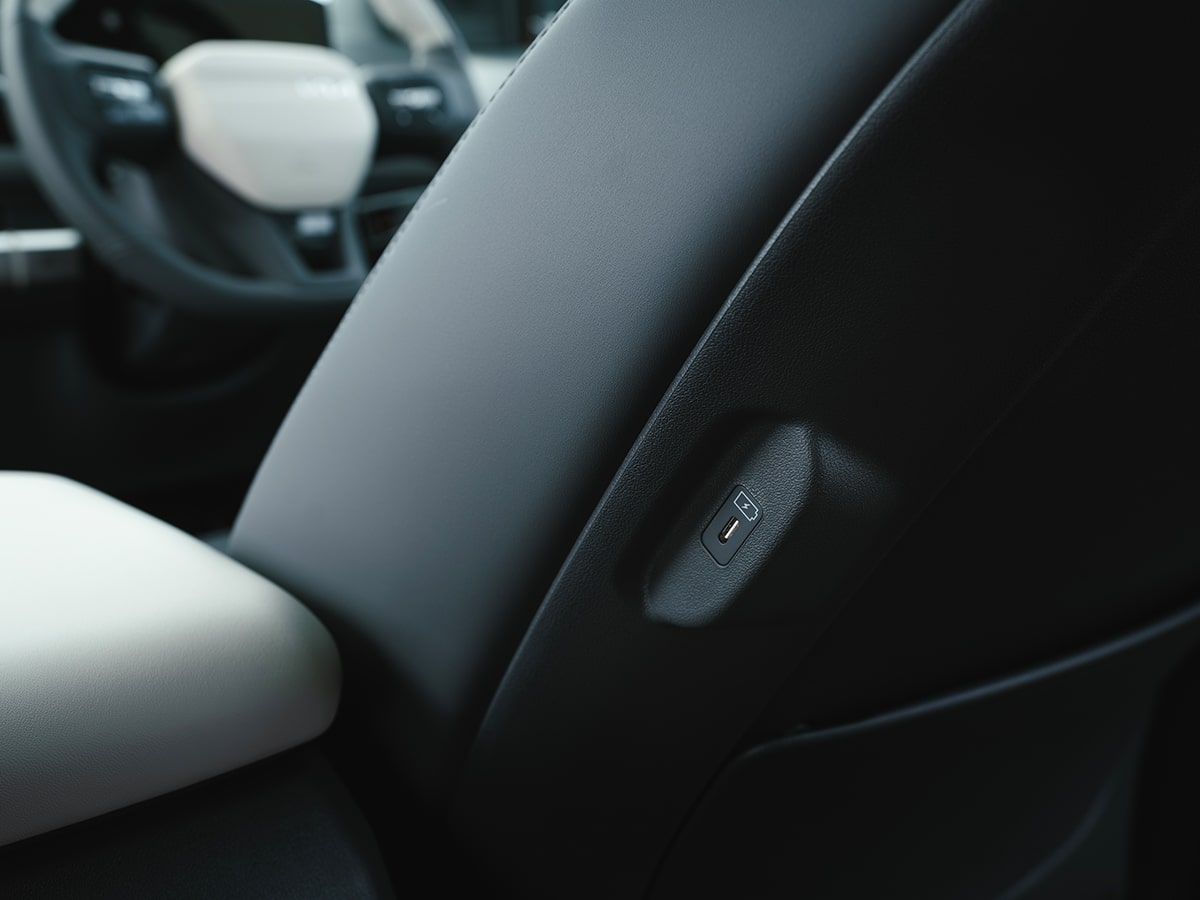
Things like Dynamic welcome lighting animation, Ambient mood lighting, and Alloy sports pedals aren’t options that we’re desperately looking for, but we know that many buyers would want the Wide panoramic sunroof with safety function and Head-Up Display (HUD), and the GT-Line is the only way to get it. Kia’s product team is smart to not include them in cheaper models, as it forces you into the GT-Line if you’re shopping in the middle of the range, but we’d like to see some of the features here on the GT-Line added to the Earth.
Still, like that Earth model the GT-Line has Heated and ventilated front seats, a Smart power tailgate, an Electrochromic (auto-dimming) rear-view mirror, a 10-way power driver’s seat with lumbar support, and the staple 12.3-inch driver cluster + 5-inch climate display + 12.3-inch infotainment touchscreen with wireless Apple CarPlay and Android Auto. Your phone is charged with the standard-fit Wireless phone charging (Qi).
Standard across the line-up is V2L (interior and exterior), Rain-sensing wipers, LED headlights, LED DRLs, Rear view camera with dynamic guidelines, 7 airbags (with centre side airbag), i-Pedal 3.0 one-pedal driving, and Smart key with remote window control. So it makes the bottom-of-the-range (and substantially cheaper) Air model with the larger 81.4 kWh battery a very tempting proposition. If we had to put our money where our mouth is, we’d pocket the more than AUD$10,000 price difference between the Air Long Range and the GT-Line and live without the extra kit. The standard model is still highly equipped!
Ultimately, if you can’t live without things like a Head-Up Display (HUD), Driver’s seat memory function (2 positions), and a Wide panoramic sunroof, the GT-Line is the only way to get them.

Battery, Range, Charging
- Air Standard Range: 58.3 kWh | 436 km WLTP | 29min DC fast charge (10–80%)
- Air Long Range: 81.4 kWh | 604 km WLTP | 31min DC fast charge (10–80%)
- Earth & GT-Line: 81.4 kWh | 563 km WLTP | 31min DC fast charge (10–80%)
- Built on Kia’s E-GMP platform with 400V architecture
- 11kW AC charging, 350kW DC fast charging capable
- i-Pedal 3.0 offers one-pedal driving with memory + works in reverse
- V2L interior + exterior outlets standard on all grades
We’re regularly let down by affordable EVs when it comes to battery, range, and charging, but that’s not the case here. While the entry-level Air Standard Range only manages 436 km WLTP of range from a 58.3 kWh battery, the middle-of-the-range Earth and top-of-the-range GT-Line manage 563 km WLTP of range from the larger 81.4 kWh battery. If you want the most range, check out the Air Long Range that uses the 81.4 kWh battery, good for 604 km WLTP of range.
When it comes time to charge, the entry-level Air Standard Range manages a 10-80% charge in 29 minutes using a 350kW DC fast charger, while the Air Long Range, Earth, and GT-Line manage the same 10-80% charge in 31 minutes.
Vehicle to load (V2L) is available on the interior + exterior outlets, and is standard on all grades. Meanwhile, i-Pedal 3.0 offers one-pedal driving with memory for all models in the line-up, and it even works in reverse.
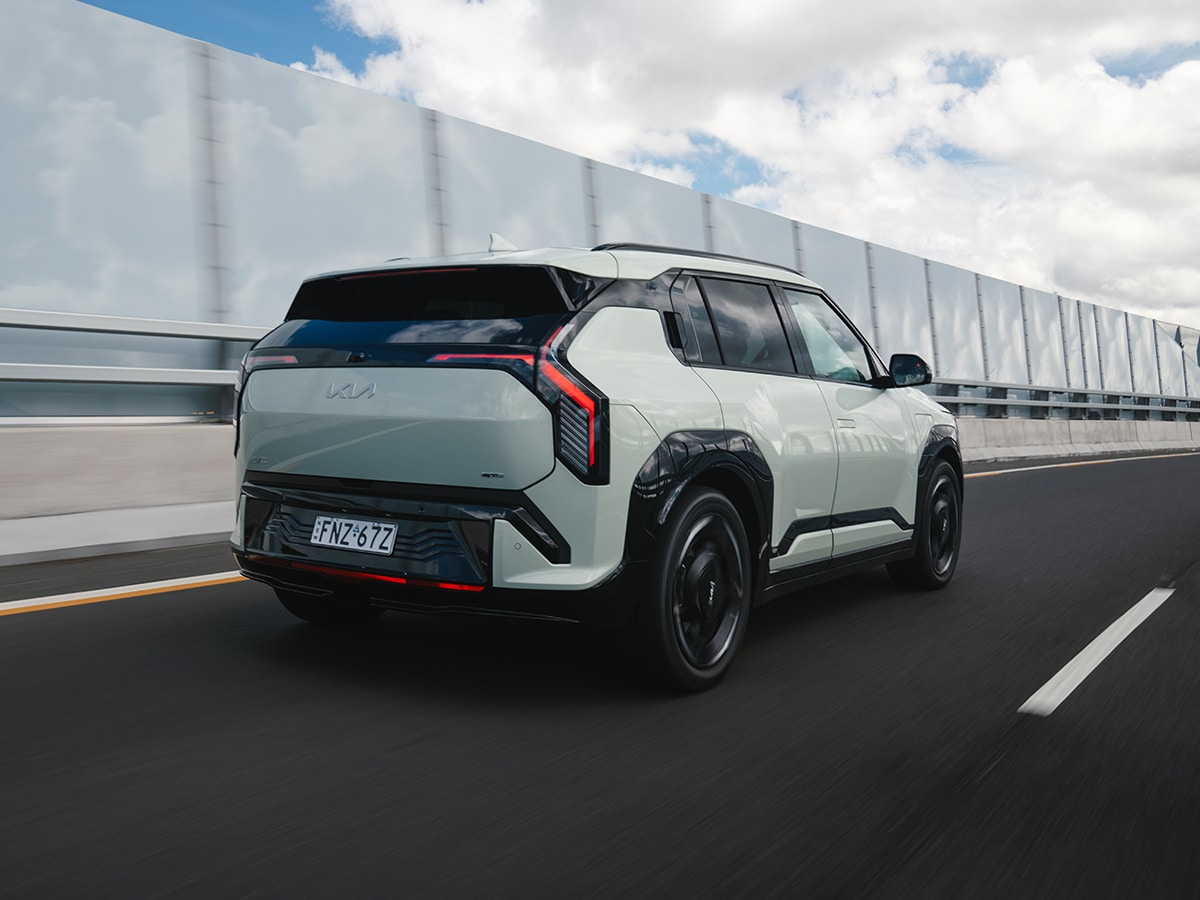
Drive
Compared to many of its Chinese competitors, Kia Australia has a trick up its sleeve to achieve class-leading ride and handling. It’s not a test track or bench simulation. No, it’s Chief Ride and Handling Engineer, Graeme Gambold, who specified unique springs, anti-roll bars, and shock absorbers for the Australian-delivered Kia EV3, and he’s happy with the outcome. “The outcome of our EV3 program demonstrates good neutral handling balance, with a high level of grip and handling confidence,” and we have to agree.
You won’t be attacking the bends at your nearest driving road, but being built on Kia’s E-GMP platform, there’s a high level of confidence here, with a good balance between the front and the rear axle, and comfortable but confident ride thanks to the McPherson strut front + multi-link rear suspension set-up.
It’s just as happy around town as it is on the highway, and the Australian-specific suspension tune only shows signs of inherent stiffness in the battery and chassis over large undulations. Ultimately, most of the owners will spend time around town, and here it is very good. Is it better than something like a new Tesla Model Y Juniper? No, it’s not as comfortable, and the steering isn’t as sharp on centre. However, I had more confidence behind the wheel of the EV3 on sweeping country roads than in the BYD Atto 3.
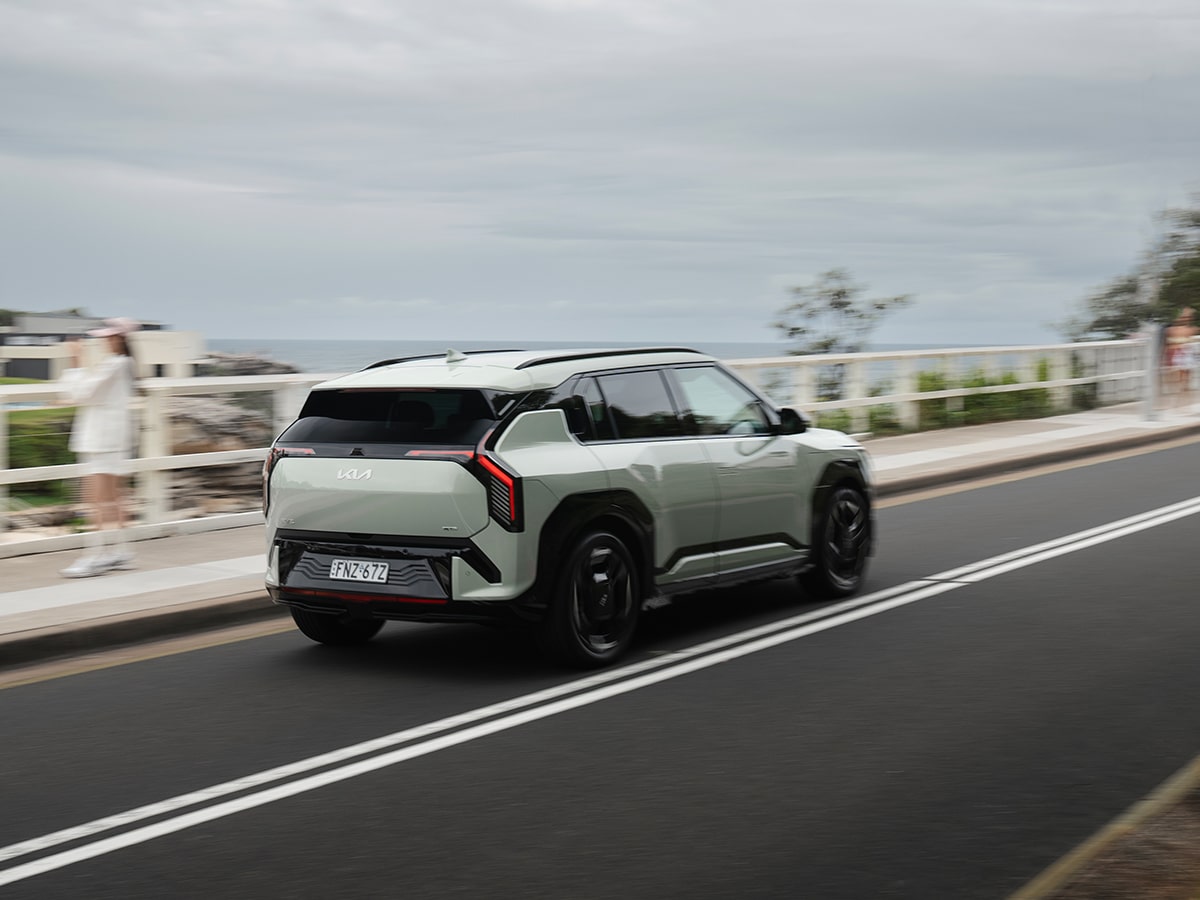
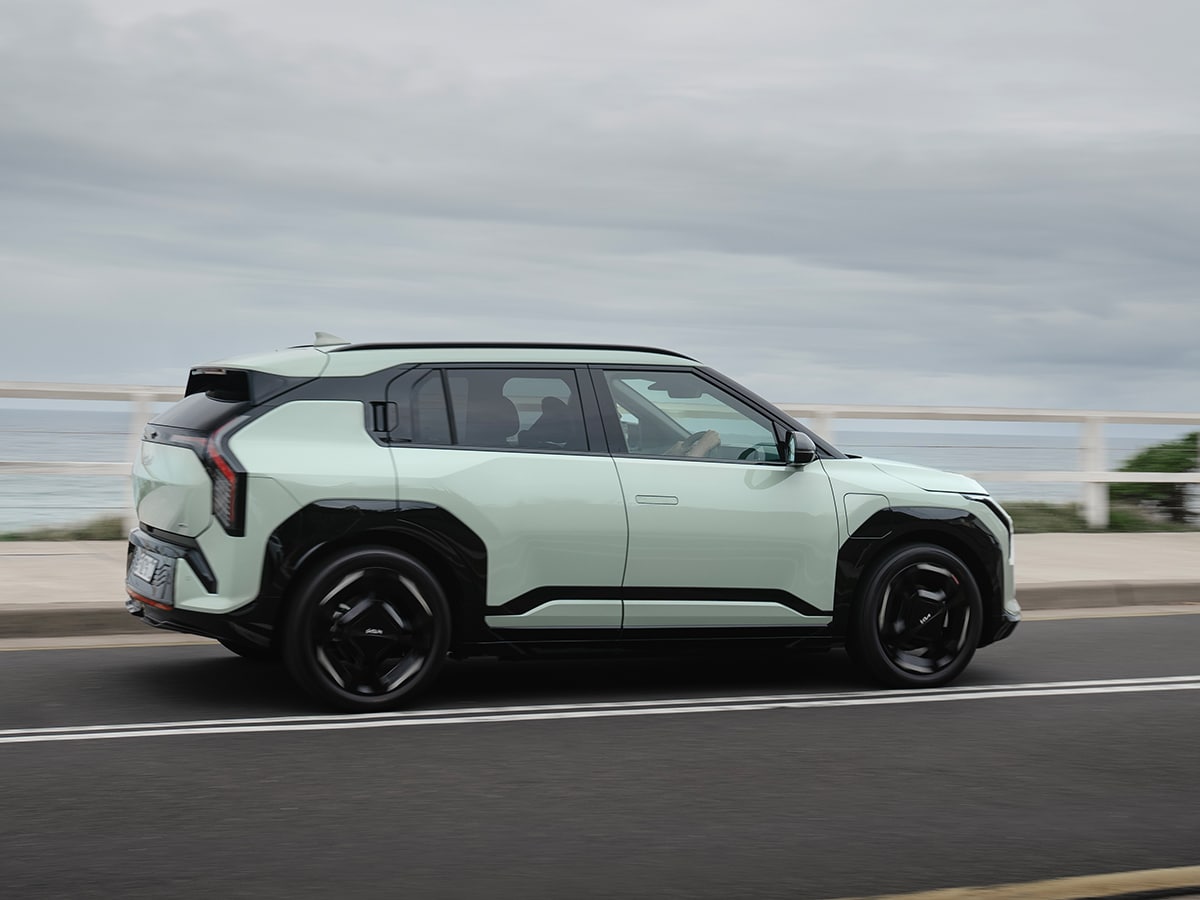
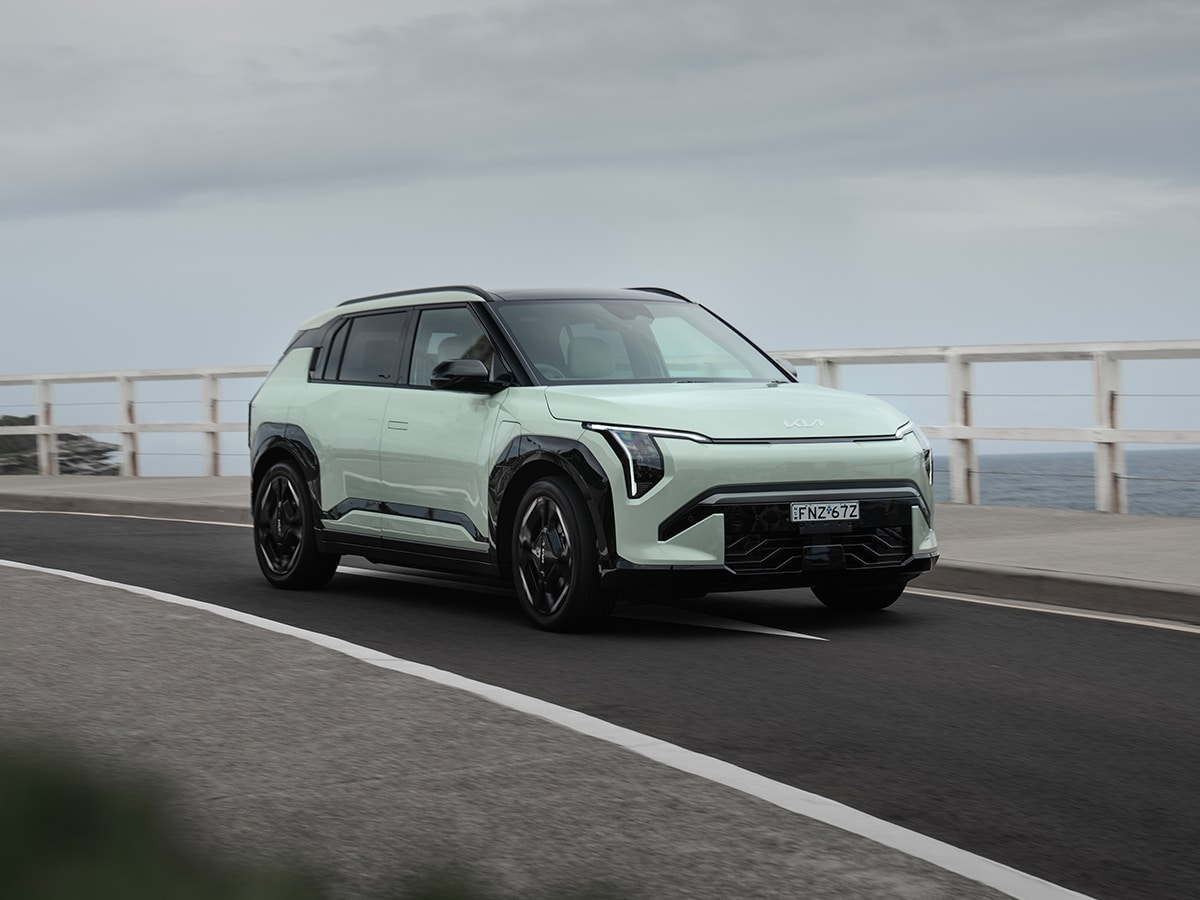
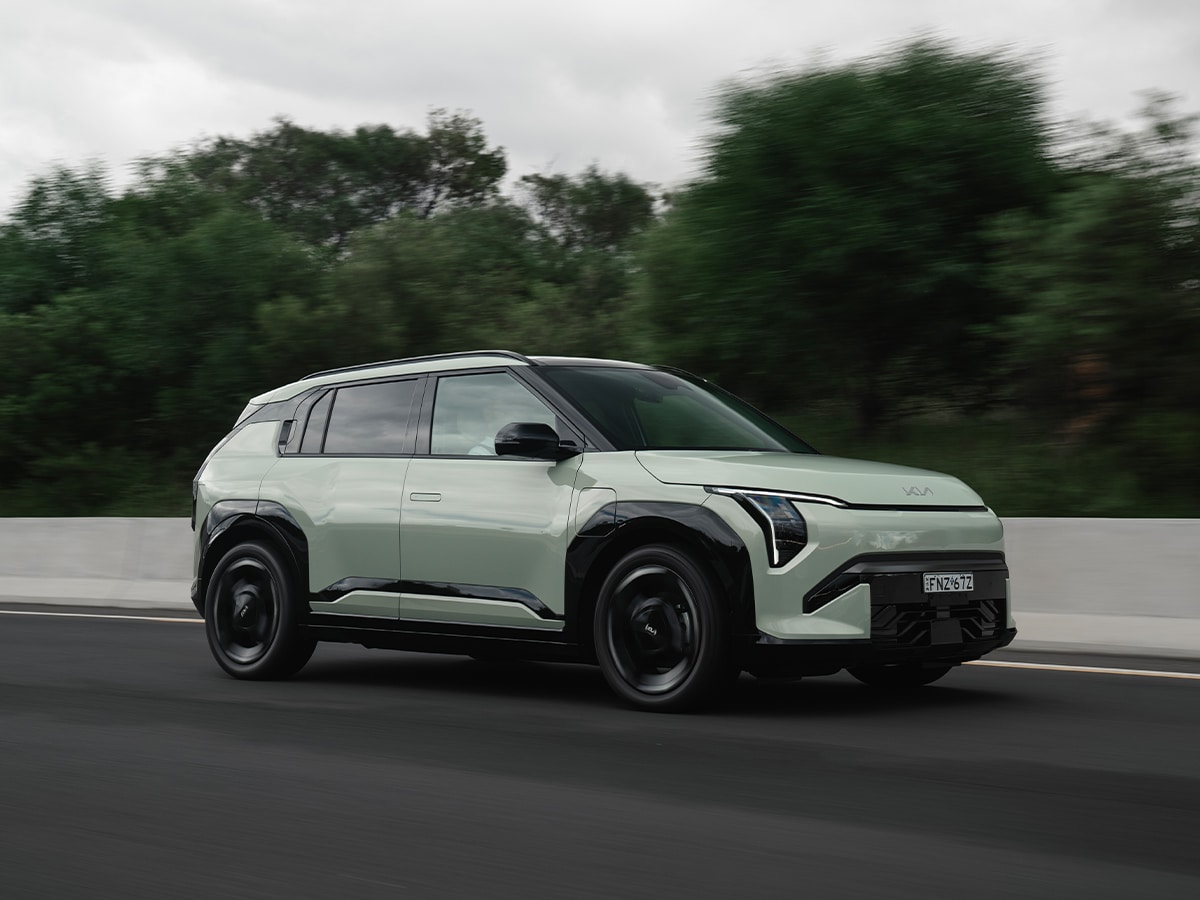
Weighing over 1.9 tonnes, there’s a surefootedness here that you wouldn’t find in other petrol-powered SUVs for similar money.
The Hankook iON Evo tires and larger 19-inch wheels found on the Earth and GT-Line mean the overall ride is firmer and sportier than the base-model Air, which rides on 17-inch alloy wheels and Kumho PS71 tyres, however, you can only really tell the difference when pushing the car into hairpins and through fast sweepers at higher-than-average speeds.
Performance figures for all models in the Kia EV3 line-up are 150 kW of power and 283 Nm of torque, and this propels the car from 0-100km/h in 7.9 seconds (GT-Line) and 7.5 seconds (Air Standard Range). It’s plenty quick enough for duties around town and the highway, but it does run out of steam when overtaking on country roads.

Safety
Despite its size and price, the Kia EV3 prioritises safety, and all models get 7 airbags, including a front centre side airbag.
The safety suite on the Kia EV3 includes:
- Adaptive cruise control
- Autonomous Emergency Braking (AEB)
- Car detection
- Pedestrian detection
- Cyclist detection
- Junction assist
- Blind-spot assist
- Driver attention monitoring
- High-beam assist
- Lane Follow Assist – centring
- Lane-keep assist
- Highway Driving Assist 2
- Nav-based semi-autonomous driving
- Lane Change Assist
- Intelligent speed limit assist
- Parking sensors in the front and rear
- Reverse camera
- Tyre pressure monitor
Standard is a Rear Occupant Alert, Safe Exit Warning, and full sensor suite, but the GT-Line and Earth include an auto-dimming rear-view mirror as an option. There’s also no 360-degree camera or staple Blind Spot View Monitor as the brand cites cost-efficiencies.
The ANCAP rating is currently pending EuroNCAP assessment, but we wouldn’t be surprised to see a 5-Star rating here.
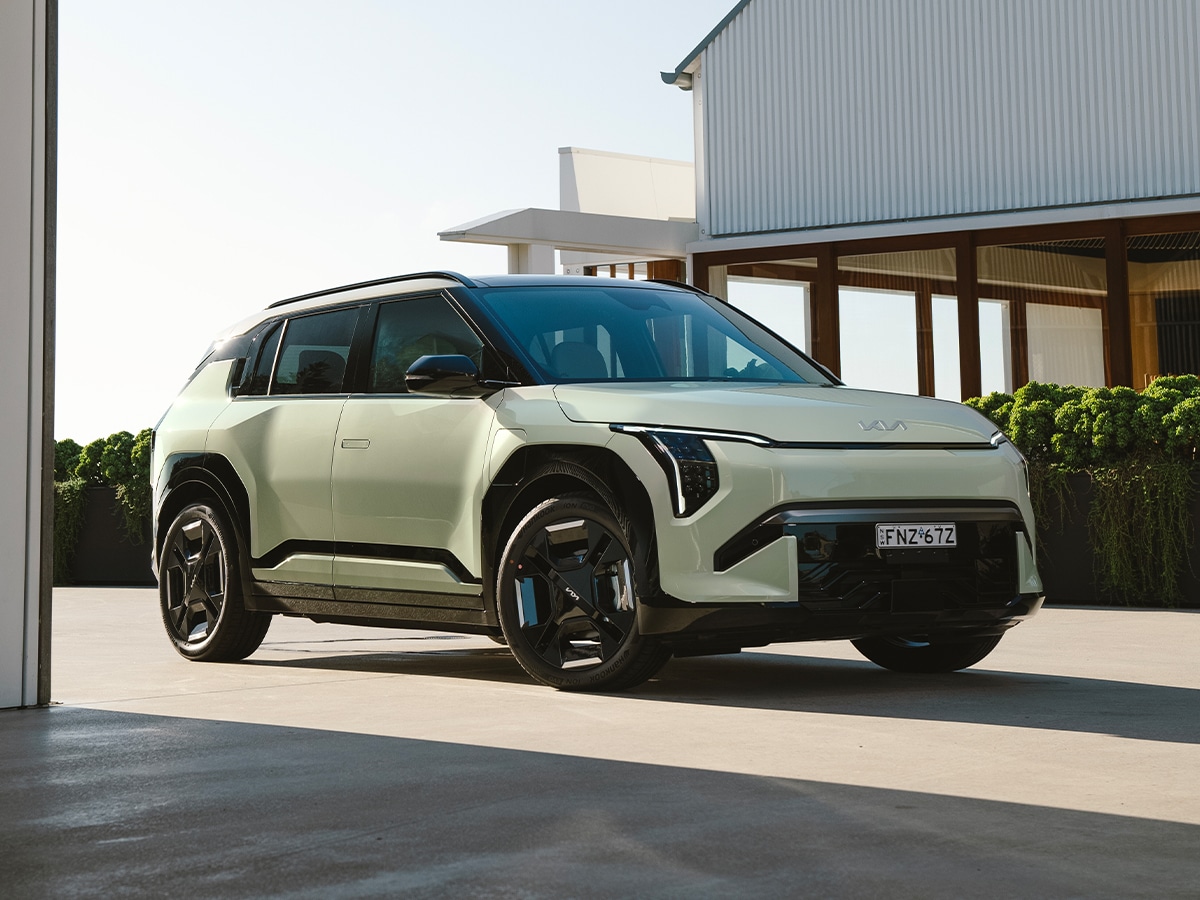
Verdict
If you’re in the market for an EV and have a budget of AUD$60-70,000 to spend, then the Kia EV3 GT-Line should be on your shortlist.
It’s packed with all of the tech and comfort features that we look for in a modern car (minus the 360 camera), and that means that it almost entirely comes down to personal preference on whether or not you should buy one.
We’d have a tough time deciding between this and a Zeekr X, but we’d lean towards the Kia EV3 if we were cross-shopping a Volvo EX30 and BYD Atto 3. However, the toughest decision is whether you choose this smaller EV3 over a new Chinese-made competitor like the Deepal S07, Geely EX5, and the list goes on and on.
Ultimately, we’d lean on a proven and reliable brand with a strong local presence, and the Kia name goes a very long way in Australia.
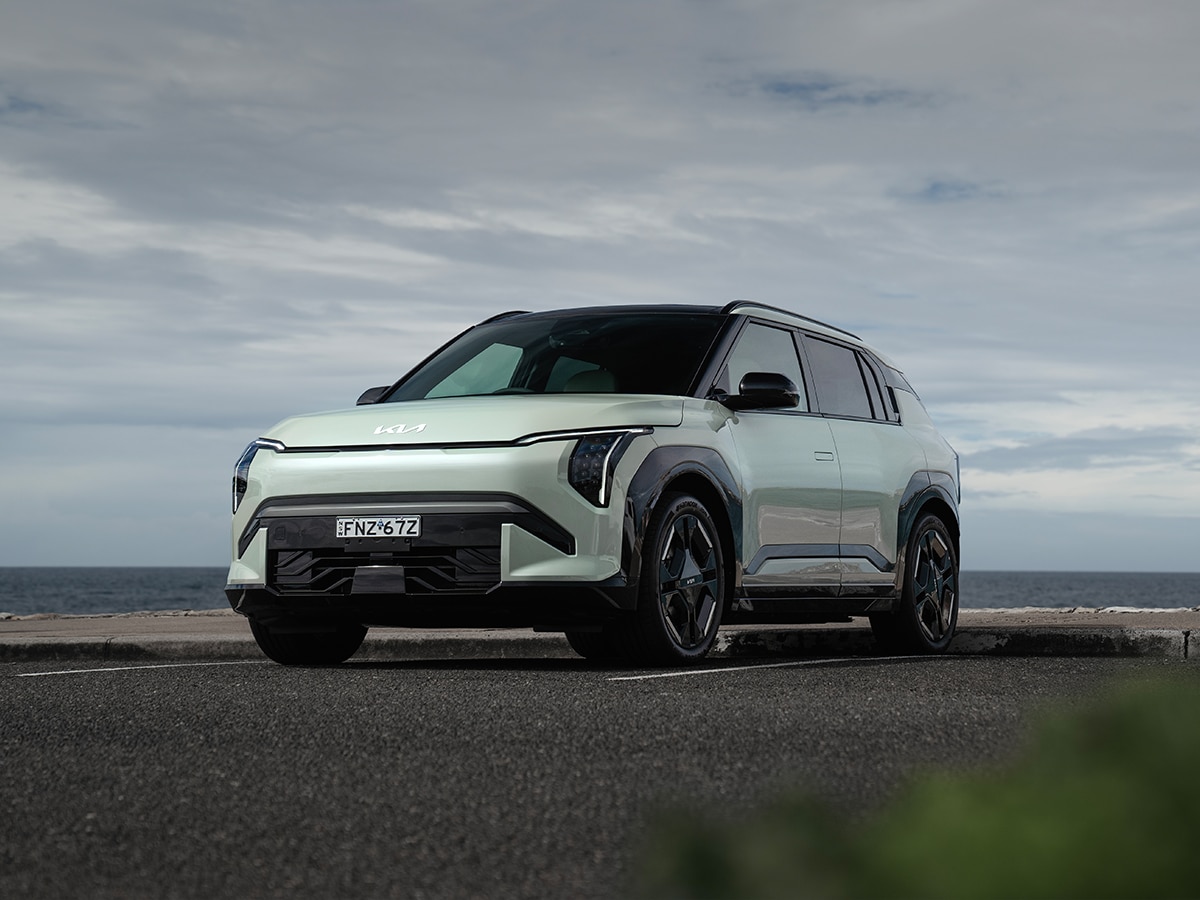
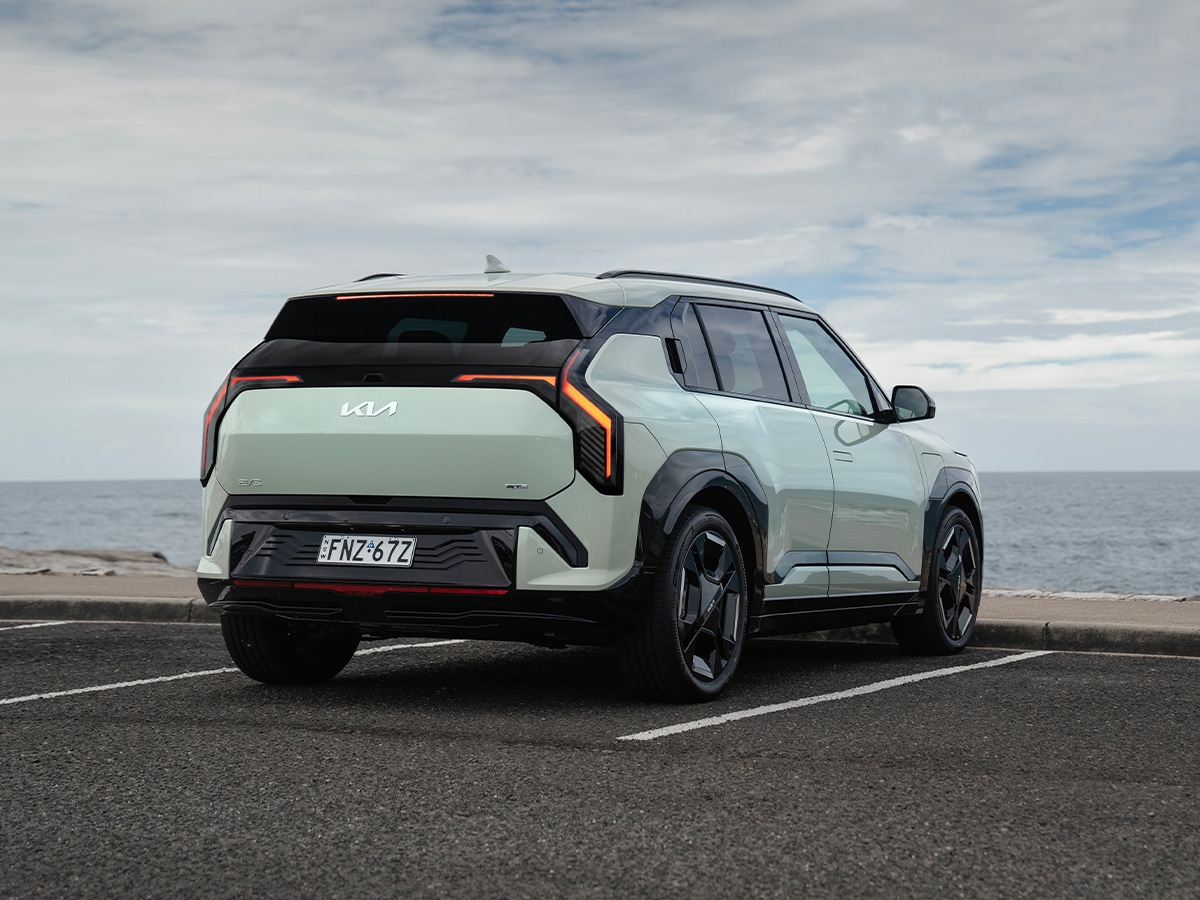
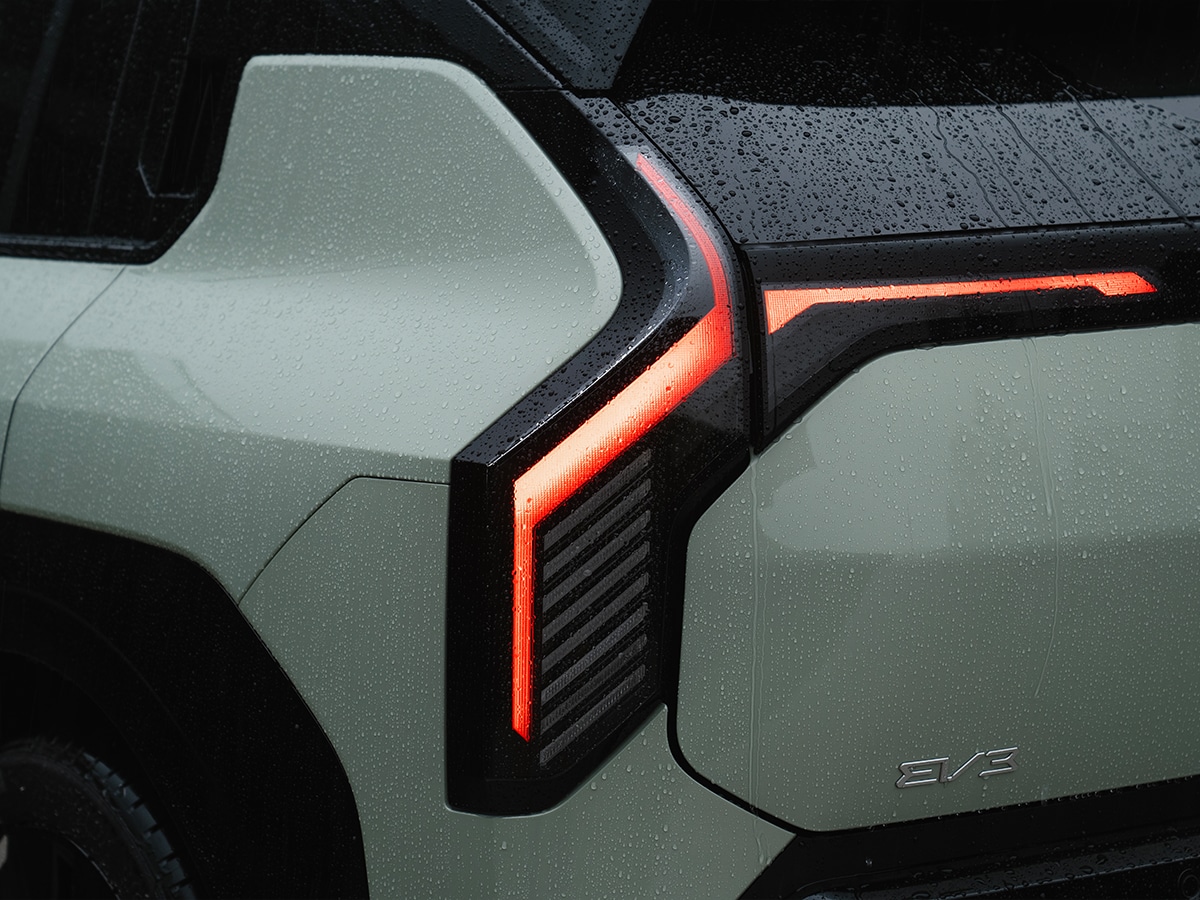
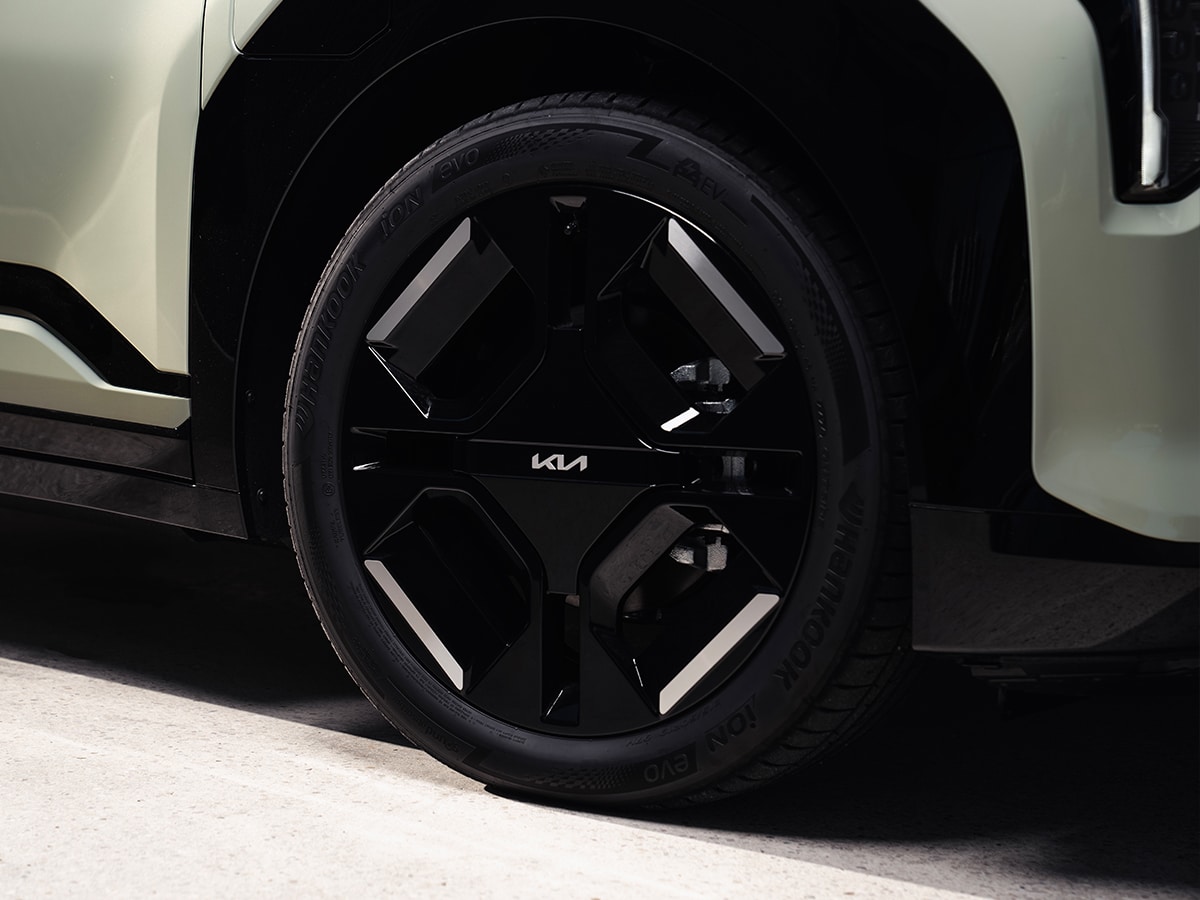




















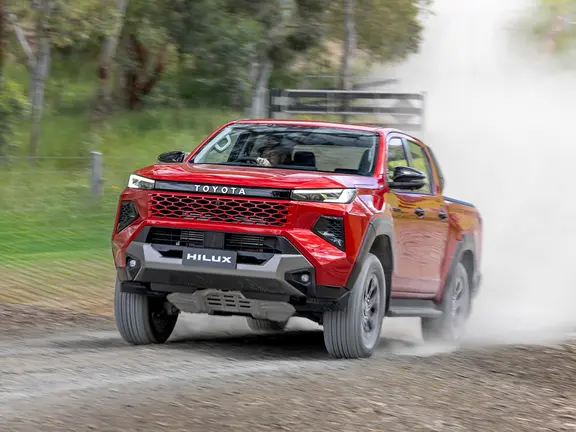

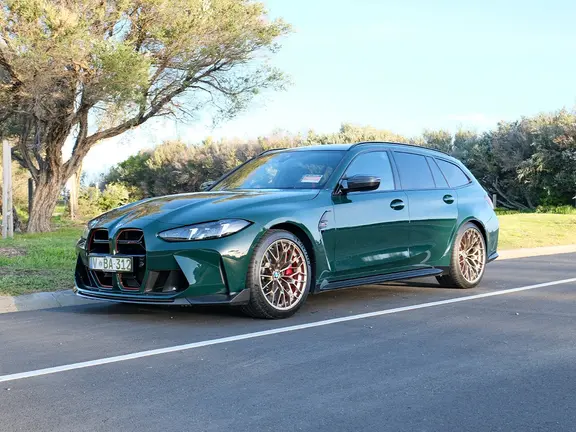








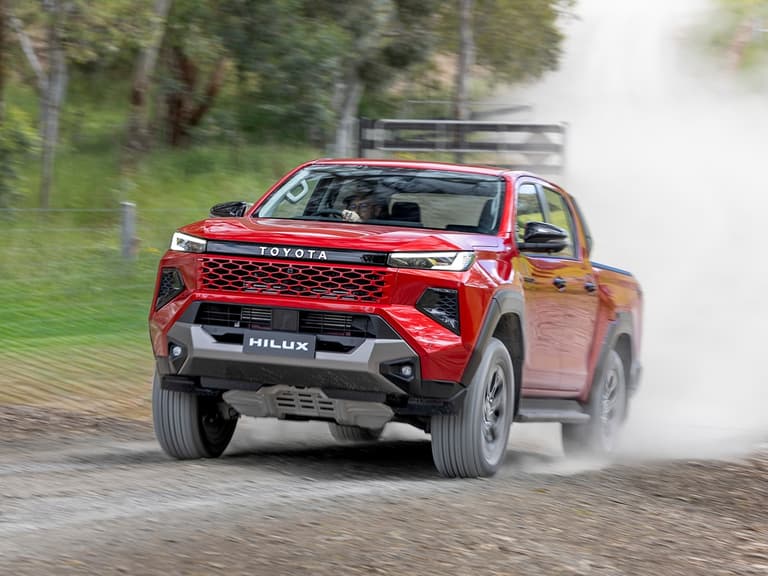
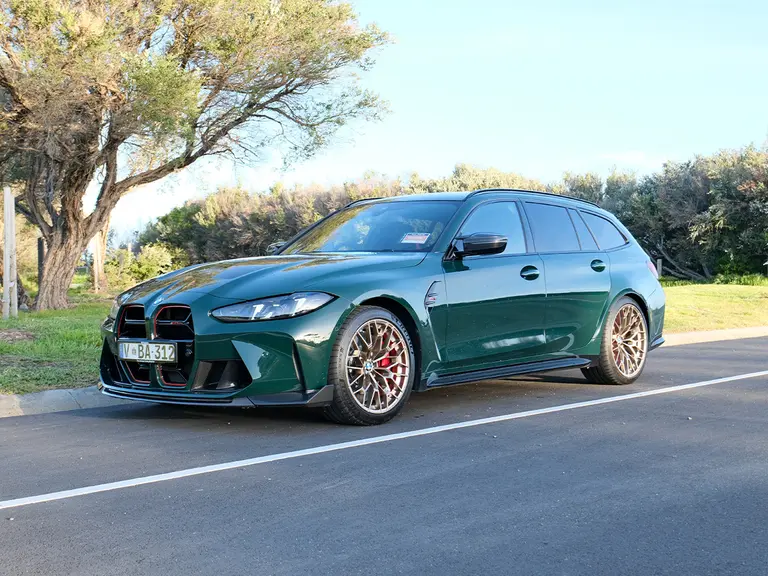

Comments
We love hearing from you. or to leave a comment.